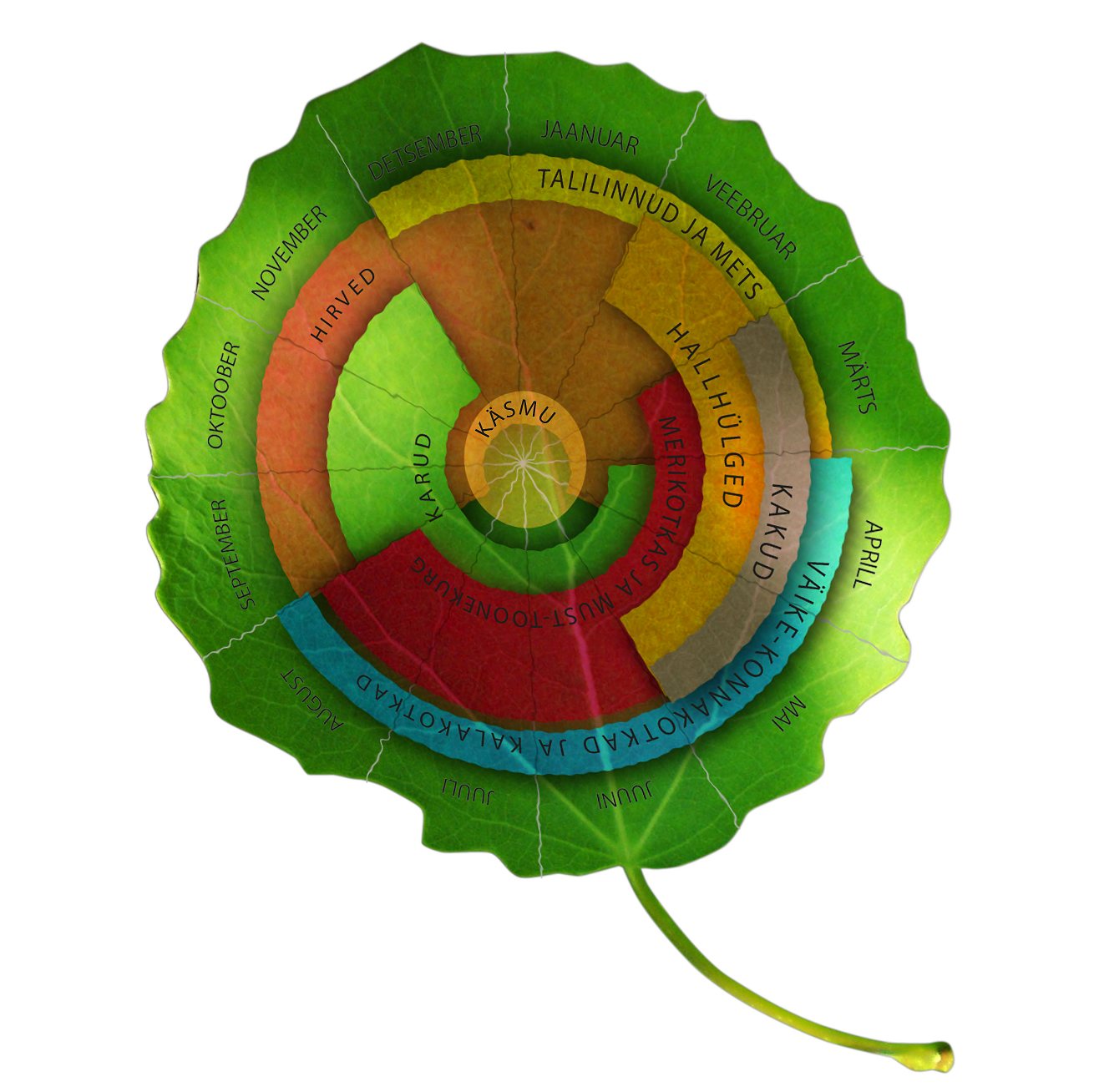Text and photos Margus Ots, coordnator of Great Tit Year
Translation Liis
The pied flycatcher arrives in Estonia in the second half of April, at latest in May. Like the great tit and the starling, it constructs its nest in a tree hollow or a nestbox but since by May the greater part of suitable nest sites are already occupied by other birds, the flycatcher starts taking over already occupied nests. The fights may even end with the death of one part – the great tit is larger and stronger and usually manages to defeat the intruding flycatcher. In 2015 for instance I found in a nest box in Vana Kuuste in Tartu County two dead male pied flycatchers on the verge of a great tit nest with eggs. The great tit evidently was not seriously hurt since all chicks developed nicely. However, it often happens too that the flycatcher drives off the great tit and makes its nest on top of the great tit’s eggs.

Pied flycatcher, male / photo: Uku Paal

Pied flycatcher, female/ Photo: Uku Paal

Pied flycatcher has first egg in nest. Vana-Kuuse, 16.05.2016 /PhotoMargus Ots
Pied flycatcher Must-kärbsenäpp Ficedula hypoleuca
The first eggs may now be found in the nests of pied flycatchers. Its full clutch is generally 5-7 sky blue eggs. The incubation lasts 12-14 days and the chicks fledge in the beginning of their third week. While the great tit makes its nest from moss and lines it with fur hairs then the pied flycatcher's nest consists mainly of dry straws and and birch bark.


